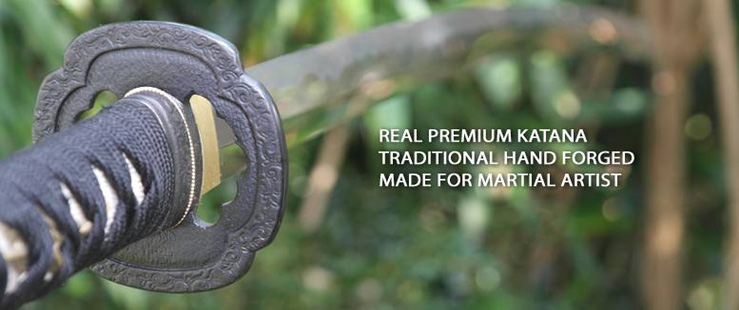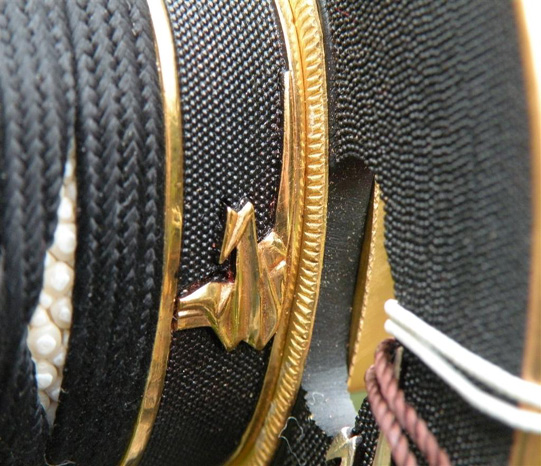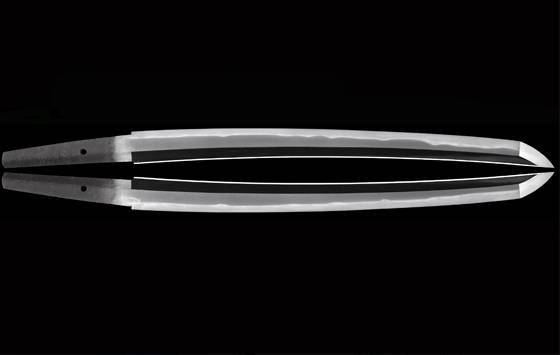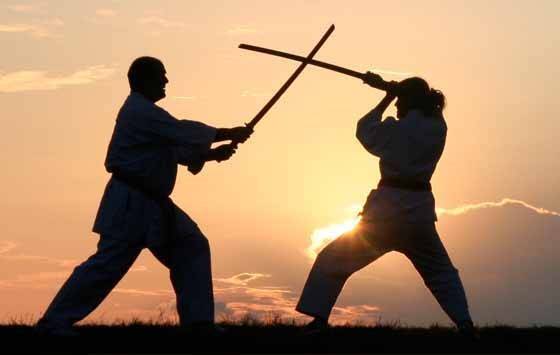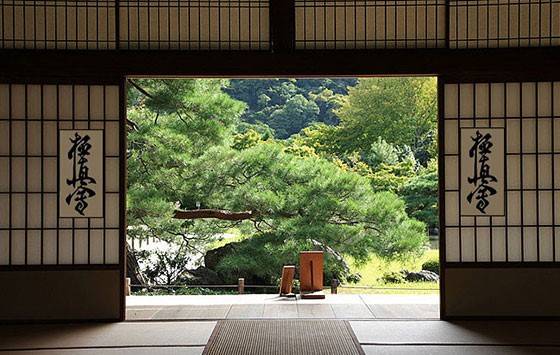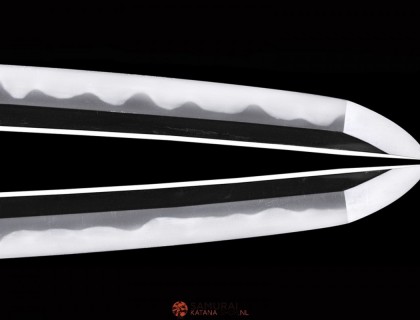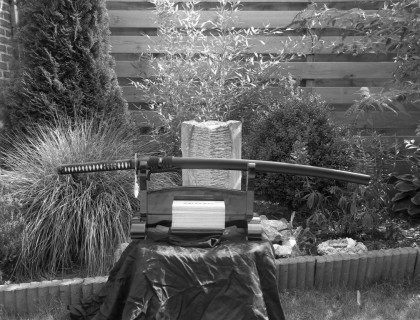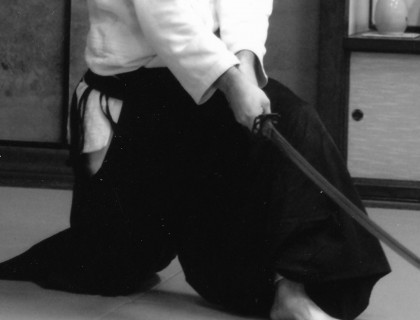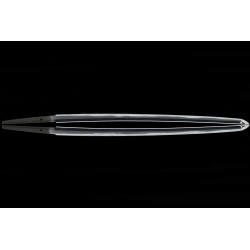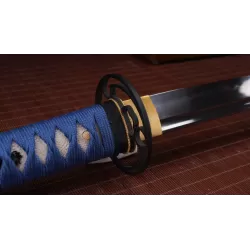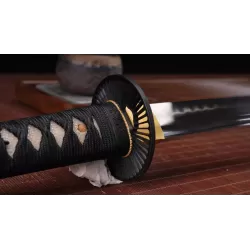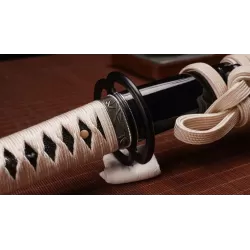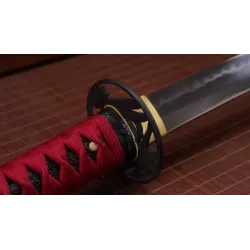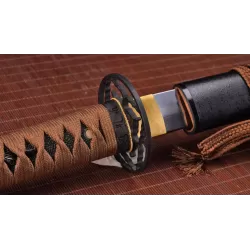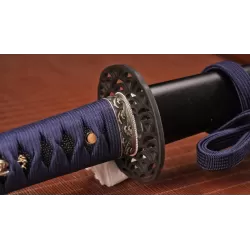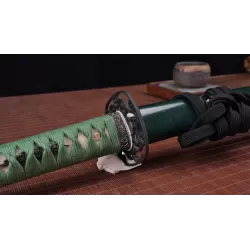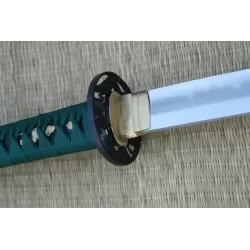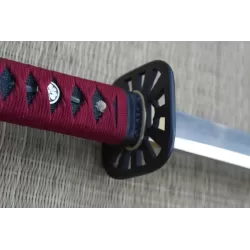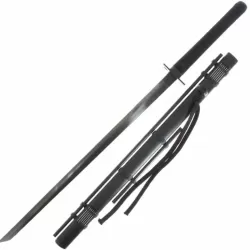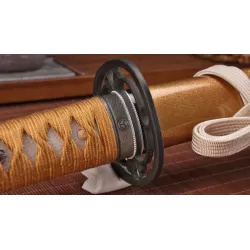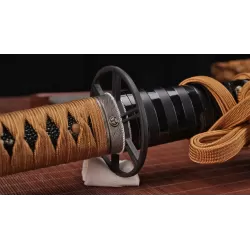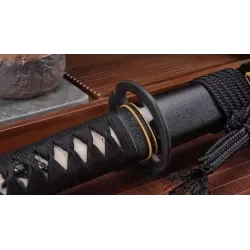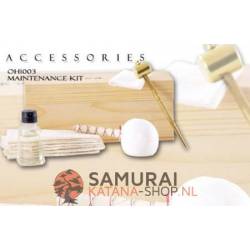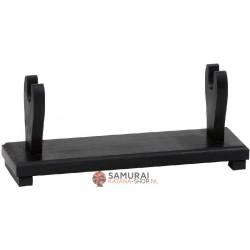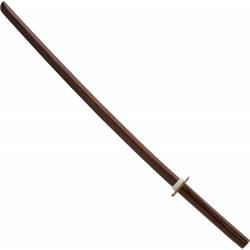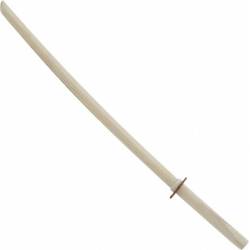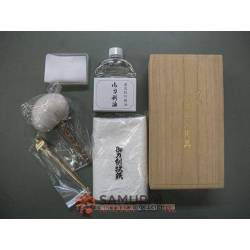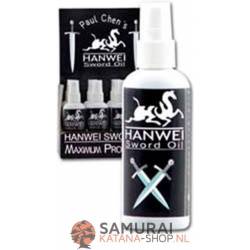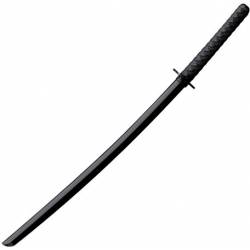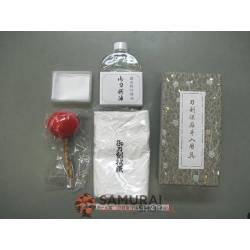Buying your Katana here
Traditional Samurai Swords suitable for Martial Artists and Tameshigiri
Paper Crane Katana
This Tamahagane Katana is made by building and firing a Tatara, the traditional Japanese sword-steel smelter
Real Japanese Swords including NBTHK
Samurai Swords imported from Japan with NBTHK Certificates of Authenticity!
Buy Wooden Bokken for safe training!
Wooden practice sword, ideal for learning techniques, temporarily available for €29.95
Special Katana Blog Tips and Advice
Learn all about the traditional katana! News, Advice, Stories, and Origins
Our top categories
Popular Products
€8,459.00
Tsumami Katana
€449.00
Empire Katana – Bo-Hi
€449.00
Musashi Katana
€1,199.00
€1,099.00
Dragon Fly Katana
€449.00
Musashi Katana
€329.00
Kanji Katana
€449.00
Tamahagane Aomi Nami Katana
€2,399.00
€2,199.00
Chrysantheum Katana
€1,199.00
Green Pine Katana
€369.00
Shogun Katana
€369.00
Ninja Sword
€189.00
BUYING A SWORD AT SAMURAI KATANA SHOP
Professional Sword-Shop with Full-Tang and Battle-Ready Swords from experienced forges
The Sword Shop for Japanese Swordsmanship practitioners where you can buy a Katana, Iaito or Bokken with years of experience and in-depth knowledge. We also have a small selection of Nihonto, these are authentic Japanese Swords to study or collect.
Originated from passion, we are a unique and small-scale company that mainly focuses on functional Japanese katanas, often also known as samurai swords. The sword was sacred to the samurai and we believe that the respect and significance of these swords can only be achieved by selling functional swords that can be used by martial arts practitioners as well as collectors with an eye for traditional craftsmanship.
For that reason you will not find cheap decorative swords in our samurai sword shop. You can also buy a sword here with a folded and differentially hardened blade with a hamon, these are very popular among collectors. In addition to these swords, you can also buy knife or tanto from cold steel.In our extensive martial art range you will find mainly functional Katanas from PaulChen/Hanwei, Huanuo, and Fuji Forge. These are respected forges with a lot of experience in forging samurai swords. We also offer training swords such as an Iaito (blunt katana) or Bokken (oak wooden training sword).
We also have a range of Chinese and European Middle Ages Swords.To make our offer more complete, we also have tools imported from Japan for Nihonto Kantei, luxury maintenance sets, swordbags and Koshirae (fuchi and kashira).
Originated from passion, we are a unique and small-scale company that mainly focuses on functional Japanese katanas, often also known as samurai swords. The sword was sacred to the samurai and we believe that the respect and significance of these swords can only be achieved by selling functional swords that can be used by martial arts practitioners as well as collectors with an eye for traditional craftsmanship.
For that reason you will not find cheap decorative swords in our samurai sword shop. You can also buy a sword here with a folded and differentially hardened blade with a hamon, these are very popular among collectors. In addition to these swords, you can also buy knife or tanto from cold steel.In our extensive martial art range you will find mainly functional Katanas from PaulChen/Hanwei, Huanuo, and Fuji Forge. These are respected forges with a lot of experience in forging samurai swords. We also offer training swords such as an Iaito (blunt katana) or Bokken (oak wooden training sword).
We also have a range of Chinese and European Middle Ages Swords.To make our offer more complete, we also have tools imported from Japan for Nihonto Kantei, luxury maintenance sets, swordbags and Koshirae (fuchi and kashira).
Blogs
New products
Tamahagane Mon Katana
€2,399.00
Tamahagane Owari Kaneyama Katana
€2,399.00
€2,099.00
Musashi Katana - Bo-HI
€329.00
Chrysantheum Katana
€1,199.00
Tamahagane Aomi Nami Katana
€2,399.00
€2,199.00
Kanji Katana
€449.00
Musashi Katana
€329.00
Dragon Fly Katana
€449.00
Best Sellers


